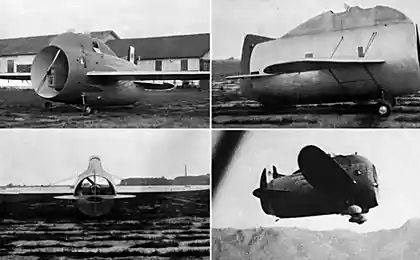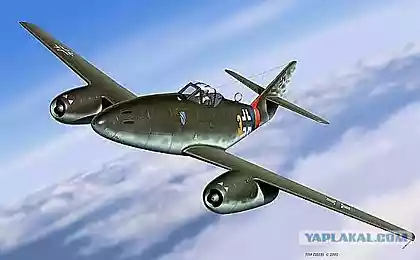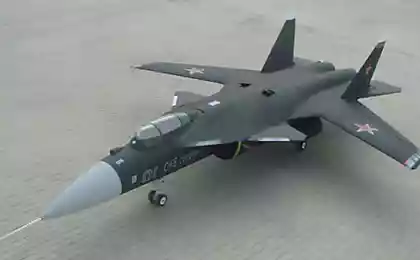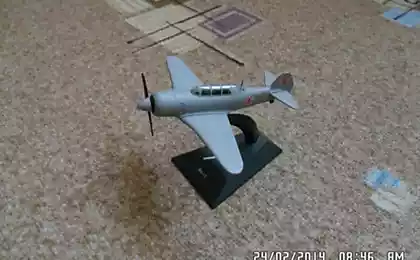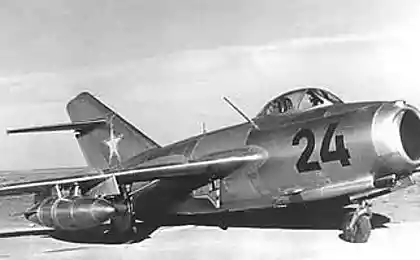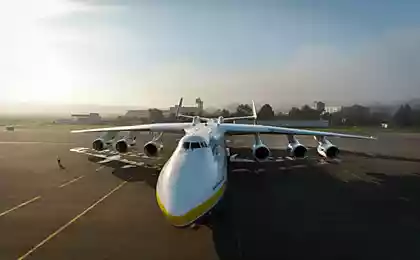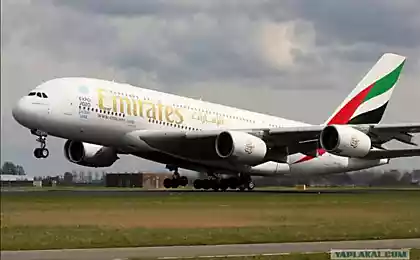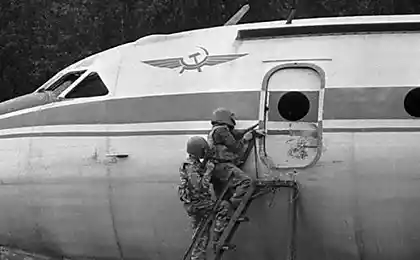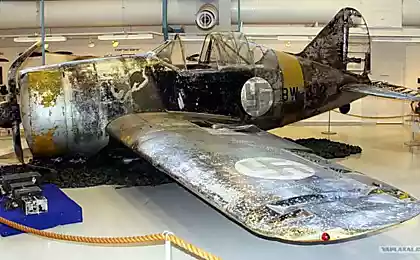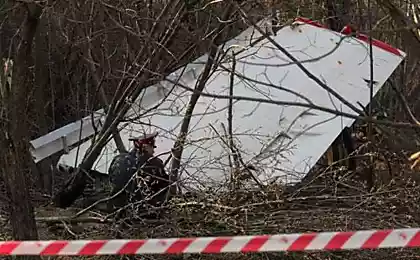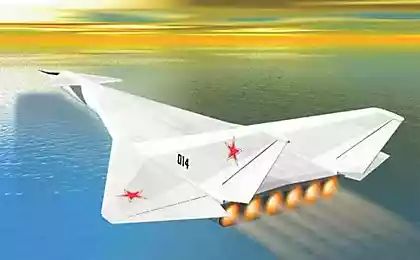1036
How does the "black box" of the aircraft
Flight data recorder (this is actually called the device) is usually made of red or orange color and shape give spherical or cylindrical. The explanation is simple: the rounded form of better resists external influences inherent in the plane crash, and the bright color makes it easier to search.
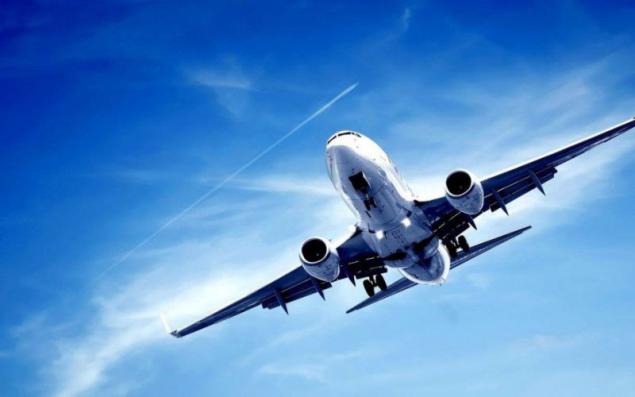
What's in the box?
Directly recorder, in general, the device simple: it is an array of flash memory chips and controller and basically little different from the SSD-drive in your laptop. However, flash memory is used in the recorder relatively recently, and in the air right now a lot of aircraft equipped with older models that use magnetic recording - on the tape in the tape recorder, or a wire in the very first tape recorders: stronger wire tapes and therefore more reliable.
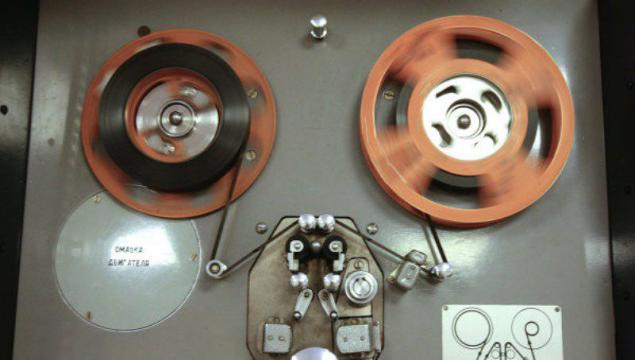
The main thing - all this stuffing how to protect: a fully sealed enclosure made of titanium or high-strength steel, inside is a thick layer of insulation and damping materials. There is a special standard FAA TSO C123b / C124b, which correspond to the modern recorders: data should remain intact in case of overload 3400G for 6, 5 ms (falling from any height), full coverage of the fire for 30 minutes (the fire from the ignition of the fuel in the aircraft collision with the ground) and finding at a depth of 6 km in a month (at the plane crash into the water at any point in the world's oceans, except the depressions are likely to get into a statistically small).
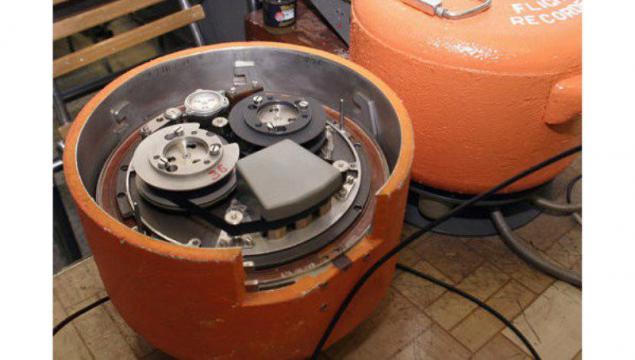
Incidentally, with regard to the fall in the water: recorders equipped with ultrasonic beacons are activated by contact with water. The lighthouse emits a signal at a frequency of 37,500 Hz, and zapelengovav this signal, the recorder is easy to find at the bottom, where it is recovered, divers or remote-controlled robots for underwater operations. On the ground, the recorder is also easy to find: find the wreckage of the plane and knowing accommodations recorders enough, in fact, just look around.
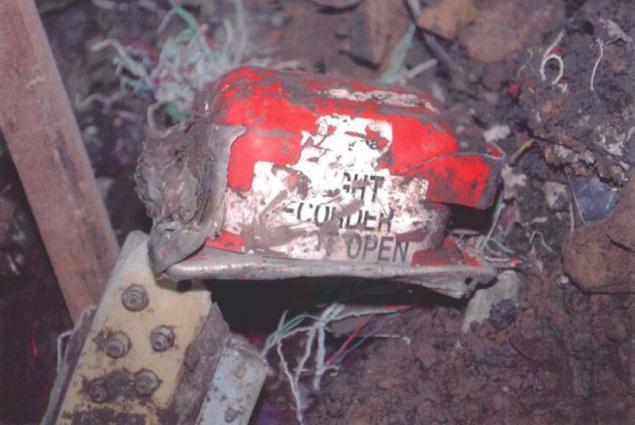
The main body is required to bear the inscription «Flight Recorder. Do not open »in English. Often there is the same inscription in French; may bear the inscriptions in other languages.
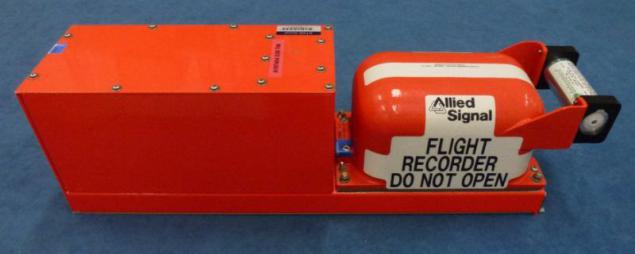
Photo

Where are the boxes?
The aircraft "black boxes" are usually located in the rear fuselage, which is statistically less and less often damaged in accidents as a blow assumes usually the front. Recorders on board some - so instituted in aviation that all systems are reserved: the probability that none of them can not be detected, and the detected data will be broken - is minimal.
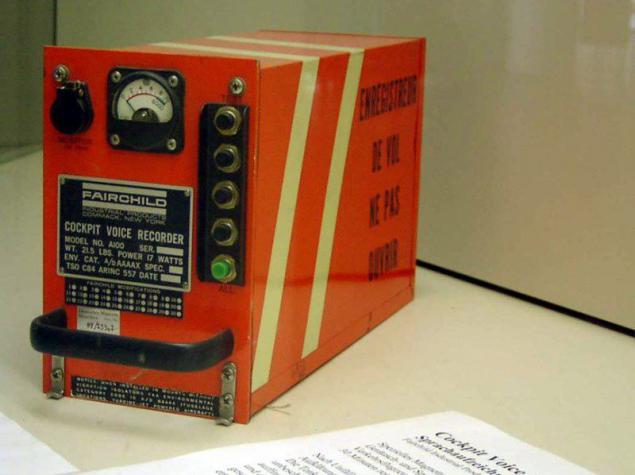
At the same time recorders differ also on the recorded data in them. Emergency recorders, which are looking after a disaster, there are parametric (FDR) and voice (CVR). Voice recorder keeps apart from talks crews and dispatchers also ambient sounds (all 4 channels, the recording - the last 2 hours), and parametric record information from various sensors - from the origin, course, speed and pitch and ending with turnover of each of the engines. Each of the options is recorded several times per second, and with the rapid change in the frequency of the recording increases. Recording is cyclical, as in the Car DVR: the new data overwrites the oldest. This cycle time is 17-25 hours, ie it is guaranteed to be enough for any flight.
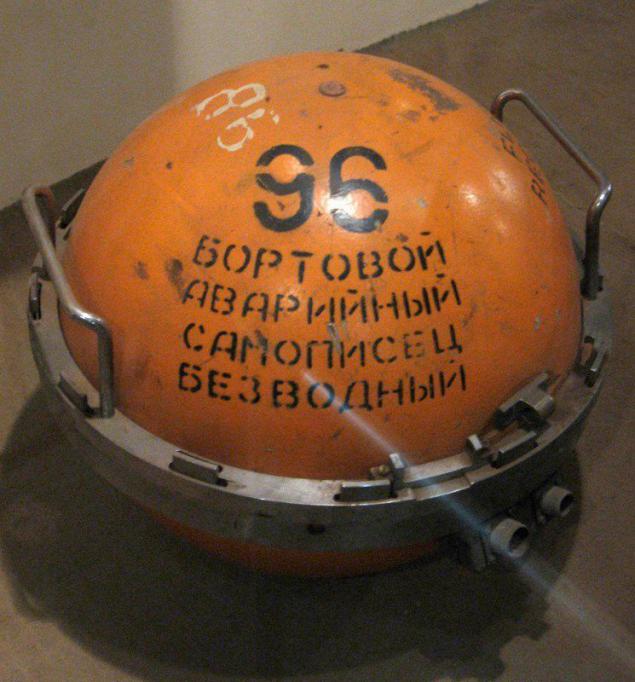
But such a thing is on domestic aircraft. He writes on the wire. It called MS-61
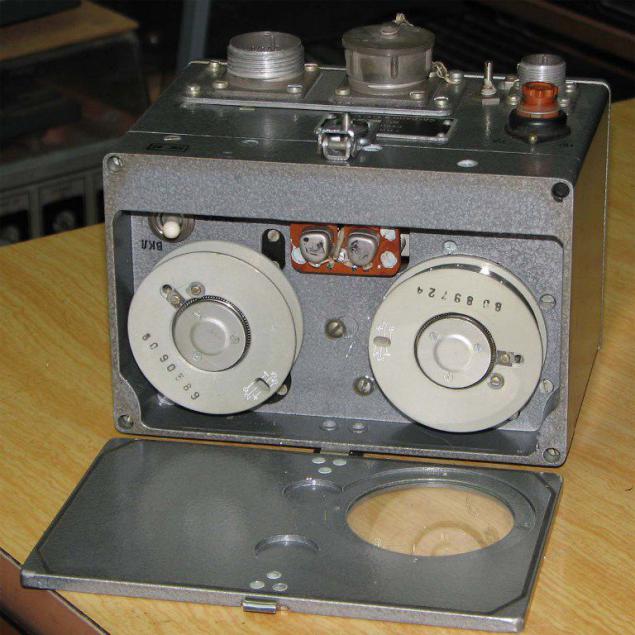
Speech and parametric data recorders can be combined into one, but in any case have a record accurate time reference. Meanwhile, parametric recorders record is not all flight parameters (although now there are at least 88, and most recently, until 2002, was only 29), but only those that may be useful in the investigation of accidents. Complete the "logs" (2000 settings) off the board recorders record performance: their data are used for analysis of pilots, aircraft repair and maintenance and so on. N. - They have no protection, and after the disaster data are no longer obtain.
How to decipher the black box?
The need to decrypt data from the black box - is a myth, like what the black boxes.
The fact that the data is not encrypted, and the word "transcript" is used here in the same sense that journalists transcript of taped interviews. Journalist listening to the recorder and wrote the text, and the Commission of Experts reads the data from the media, processes them, and writes in a convenient form of analysis and perception. That is, there is no encryption: data can be read at any airport, protect your data from prying eyes is not provided. Since the black boxes are designed to analyze the causes of aviation accidents in order to reduce the number of accidents in the future, then some special protection against data modification is not. In the end, if the true causes of the disaster requires silence or distort the political or some other reason, you can always claim damages recorders and strong it can not read all the data.
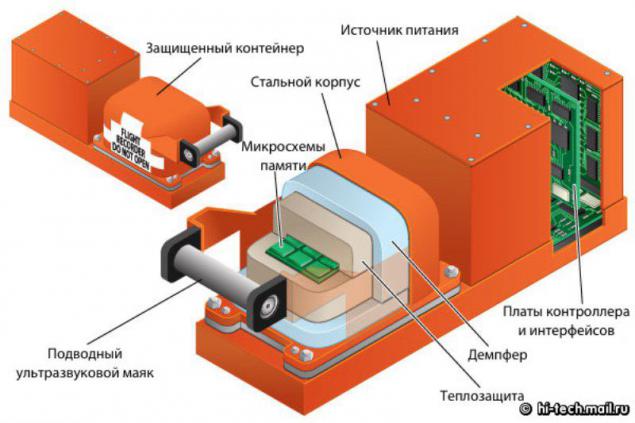
Wire spool for him
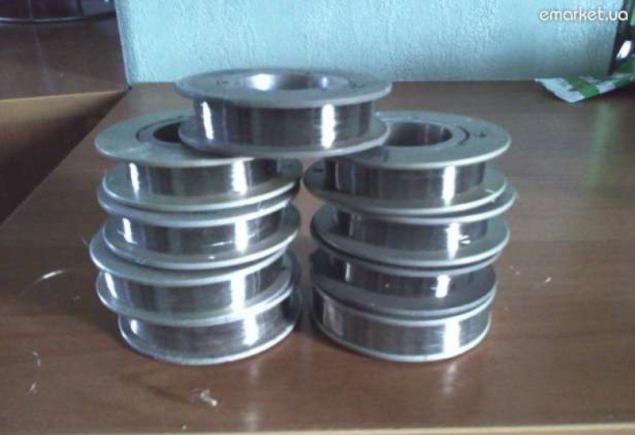
However, in case of damage (and they are not rare - about one-third of all accidents) is still data can be recovered - and fragments of tape glued and treated with a special composition and surviving chips fluster contacts, to connect them to the reader: a complex process, it It takes place in special laboratories, and may be delayed.
Why is a "black box»?
Why is the flight recorders are called "black box"? Several versions. For example, the name could go since the Second World War, when the military aircraft began to establish the first electronic modules: they really look like black boxes. Or, for example, the first recorders before the war used to record photographic film, so did not need to transmit light. We can not, however, exclude the effect of "What? Where? When? ": A black box is a device in use, the principle of which (in the black box) does not matter, important only get the result. Recorders civilian aircraft were en masse to establish from the beginning of the 1960s.
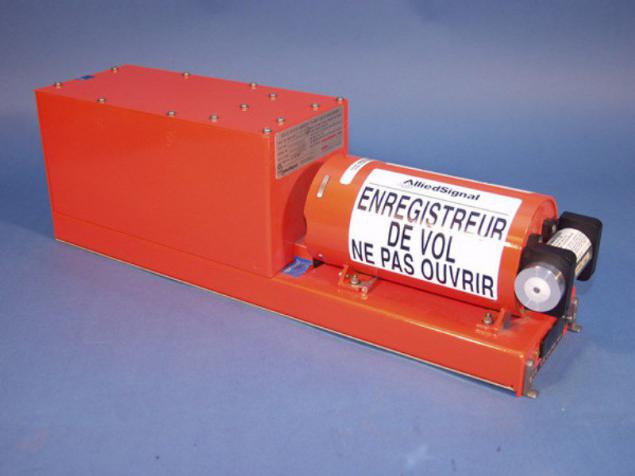
What's next?
Flight recorders have much to develop. The most obvious and immediate prospects - a video recording from different vantage points inside and outside the aircraft. Some experts say that it will help, among other benefits, to solve the problem of the transition from switch devices in the cockpit to displays, saying that old appliances in an accident "frozen" at the last testimony and displays - no. But do not forget that the pointer instruments are used and now in addition to the displays in the event of failure of the latter.
It also discusses the prospects for floating installation of shot recorders: special sensors will detect collision of the aircraft with an obstacle, and the recorder at this point would be "eject" almost with a parachute - the principle is about the same as that of the airbag in a car. In addition, future aircraft will be able to live broadcast all black boxes recorded data on remote servers - and then to search and decode the recorders do not need.
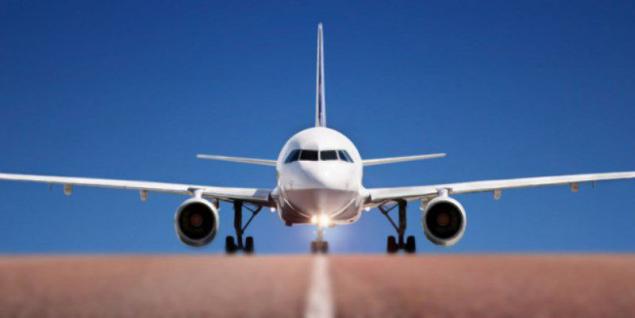
Source: hi-tech.mail.ru

What's in the box?
Directly recorder, in general, the device simple: it is an array of flash memory chips and controller and basically little different from the SSD-drive in your laptop. However, flash memory is used in the recorder relatively recently, and in the air right now a lot of aircraft equipped with older models that use magnetic recording - on the tape in the tape recorder, or a wire in the very first tape recorders: stronger wire tapes and therefore more reliable.

The main thing - all this stuffing how to protect: a fully sealed enclosure made of titanium or high-strength steel, inside is a thick layer of insulation and damping materials. There is a special standard FAA TSO C123b / C124b, which correspond to the modern recorders: data should remain intact in case of overload 3400G for 6, 5 ms (falling from any height), full coverage of the fire for 30 minutes (the fire from the ignition of the fuel in the aircraft collision with the ground) and finding at a depth of 6 km in a month (at the plane crash into the water at any point in the world's oceans, except the depressions are likely to get into a statistically small).

Incidentally, with regard to the fall in the water: recorders equipped with ultrasonic beacons are activated by contact with water. The lighthouse emits a signal at a frequency of 37,500 Hz, and zapelengovav this signal, the recorder is easy to find at the bottom, where it is recovered, divers or remote-controlled robots for underwater operations. On the ground, the recorder is also easy to find: find the wreckage of the plane and knowing accommodations recorders enough, in fact, just look around.

The main body is required to bear the inscription «Flight Recorder. Do not open »in English. Often there is the same inscription in French; may bear the inscriptions in other languages.

Photo

Where are the boxes?
The aircraft "black boxes" are usually located in the rear fuselage, which is statistically less and less often damaged in accidents as a blow assumes usually the front. Recorders on board some - so instituted in aviation that all systems are reserved: the probability that none of them can not be detected, and the detected data will be broken - is minimal.

At the same time recorders differ also on the recorded data in them. Emergency recorders, which are looking after a disaster, there are parametric (FDR) and voice (CVR). Voice recorder keeps apart from talks crews and dispatchers also ambient sounds (all 4 channels, the recording - the last 2 hours), and parametric record information from various sensors - from the origin, course, speed and pitch and ending with turnover of each of the engines. Each of the options is recorded several times per second, and with the rapid change in the frequency of the recording increases. Recording is cyclical, as in the Car DVR: the new data overwrites the oldest. This cycle time is 17-25 hours, ie it is guaranteed to be enough for any flight.

But such a thing is on domestic aircraft. He writes on the wire. It called MS-61

Speech and parametric data recorders can be combined into one, but in any case have a record accurate time reference. Meanwhile, parametric recorders record is not all flight parameters (although now there are at least 88, and most recently, until 2002, was only 29), but only those that may be useful in the investigation of accidents. Complete the "logs" (2000 settings) off the board recorders record performance: their data are used for analysis of pilots, aircraft repair and maintenance and so on. N. - They have no protection, and after the disaster data are no longer obtain.
How to decipher the black box?
The need to decrypt data from the black box - is a myth, like what the black boxes.
The fact that the data is not encrypted, and the word "transcript" is used here in the same sense that journalists transcript of taped interviews. Journalist listening to the recorder and wrote the text, and the Commission of Experts reads the data from the media, processes them, and writes in a convenient form of analysis and perception. That is, there is no encryption: data can be read at any airport, protect your data from prying eyes is not provided. Since the black boxes are designed to analyze the causes of aviation accidents in order to reduce the number of accidents in the future, then some special protection against data modification is not. In the end, if the true causes of the disaster requires silence or distort the political or some other reason, you can always claim damages recorders and strong it can not read all the data.

Wire spool for him

However, in case of damage (and they are not rare - about one-third of all accidents) is still data can be recovered - and fragments of tape glued and treated with a special composition and surviving chips fluster contacts, to connect them to the reader: a complex process, it It takes place in special laboratories, and may be delayed.
Why is a "black box»?
Why is the flight recorders are called "black box"? Several versions. For example, the name could go since the Second World War, when the military aircraft began to establish the first electronic modules: they really look like black boxes. Or, for example, the first recorders before the war used to record photographic film, so did not need to transmit light. We can not, however, exclude the effect of "What? Where? When? ": A black box is a device in use, the principle of which (in the black box) does not matter, important only get the result. Recorders civilian aircraft were en masse to establish from the beginning of the 1960s.

What's next?
Flight recorders have much to develop. The most obvious and immediate prospects - a video recording from different vantage points inside and outside the aircraft. Some experts say that it will help, among other benefits, to solve the problem of the transition from switch devices in the cockpit to displays, saying that old appliances in an accident "frozen" at the last testimony and displays - no. But do not forget that the pointer instruments are used and now in addition to the displays in the event of failure of the latter.
It also discusses the prospects for floating installation of shot recorders: special sensors will detect collision of the aircraft with an obstacle, and the recorder at this point would be "eject" almost with a parachute - the principle is about the same as that of the airbag in a car. In addition, future aircraft will be able to live broadcast all black boxes recorded data on remote servers - and then to search and decode the recorders do not need.

Source: hi-tech.mail.ru
